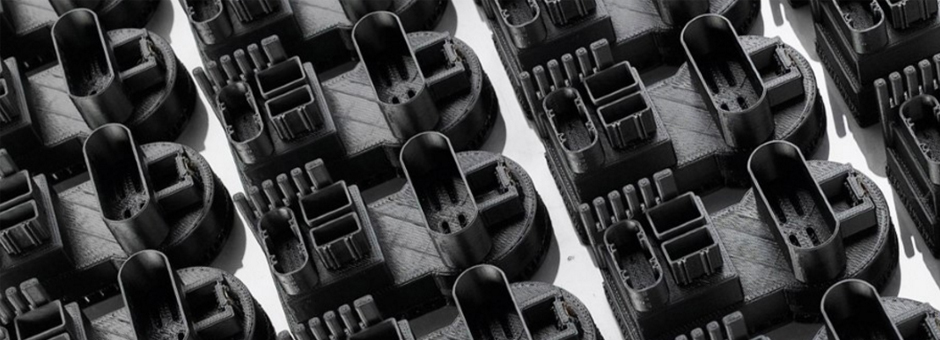3D Printing Integrated Into Aircraft Production – Fathom
3D Printing Integrated Into Aircraft Production—DDM Strategy Paying Dividends for Airbus

In a joint release earlier this month, Stratasys and leading aircraft manufacturer Airbus announced that their partnership would include the standardization of ULTEM™ 9085 3D printing material for the production of flight parts for the Airbus A350 XWB aircraft.
ULTEM™ 9085 is used in a variety of Stratasys’ FDM 3D printers, well-known for its mechanical properties, including strength-to-weight ratio and FST (flame, smoke and toxicity) compliance that make it especially well-suited to aerospace applications.
According to the announcement, “ULTEM 9085 enables the production of strong, lighter weight parts while substantially lowering manufacturing costs and production time.”
“In 2014, Airbus produced a significant amount of parts on its Stratasys FDM-based 3D Printers for use in new A350 XWB aircraft, enabling Airbus to meet delivery commitments on-time,” said Andy Middleton, President, Stratasys EMEA. “We are pleased to support Airbus as they industrialize the inclusion of Stratasys 3D printed parts in the A350 XWB production supply chain.”
“Direct Digital Manufacturing eliminates the need to invest in a conventional tool that is the standard of traditional manufacturing,” Fathom Co-Founder Rich Stump wrote in a recent blog post. “The DDM process is becoming more widely adopted because of its ability to produce manufactured parts more quickly and cost effectively.”

With its need for high-performance, lightweight parts, the aerospace industry has been an early adopter of additive manufacturing at each step of the design cycle, from prototyping to end-use production. More and more industries are using the technology for low-volume manufacturing as the quality and durability of additively manufactured parts continues to reach new heights.
“We see the demand for our additive manufacturing solutions coming from a variety of time-sensitive industries, including everything from aerospace and automotive to medical and consumer products,” added Middleton. “By adopting Stratasys additive manufacturing strategies in supply chain management, companies can not only protect time-to-market commitments but also increase product innovation while decreasing inventory requirements.”
To learn more about direct digital manufacturing, specifically the break-even point between 3D printing and injection molding, check out Tool-Less Manufacturing—Mitigate Rish, Lower Costs and Gain Agility with Stump. Also, he will be leading a workshop discussion on December 13 at Inside 3D Printing in San Diego to provide greater insight into The Opportunity with Direct Digital Manufacturing.







